It's been a few weeks since we witnessed the presentation of the new iPhone 12 at this year's second autumn Apple conference. Specifically, as expected, we received four models, namely 12 mini, 12, 12 Pro and 12 Pro Max. All four of these models have a lot in common – for example, they have the same processor, offer an OLED display, Face ID and much more. At the same time, the models are sufficiently different from each other that each of us can choose the right one. One of the differences is, for example, the LiDAR sensor, which you can only find on iPhone 12 with the Pro designation after its name.
It could be interest you
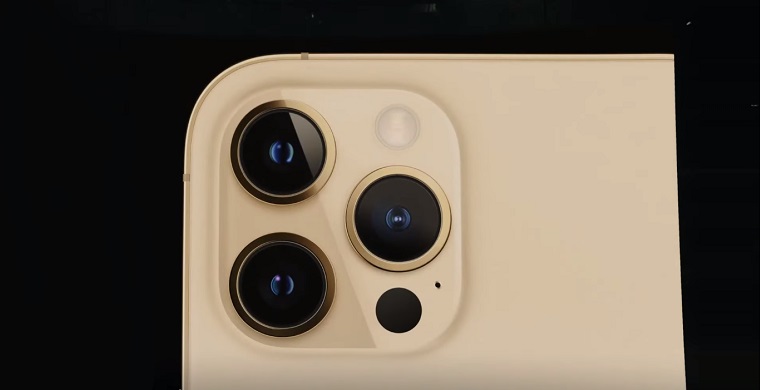
Some of you probably still don't know what LiDAR actually is or how it works. In terms of technology, LiDAR is really very complex, but in the end, it's nothing complicated to describe. Specifically, when used, LiDAR produces laser beams that extend into the surroundings you point your iPhone at. Thanks to these rays and the calculation of the time it takes for them to return to the sensor, LiDAR is able to create a 3D model of your surroundings in a flash. This 3D model then gradually expands depending on how you move around a certain room, for example. So if you turn around in a room, LiDAR can quickly create a fairly accurate 3D model of it. You can use LiDAR in the iPhone 12 Pro (Max) for augmented reality (which, unfortunately, is not widespread yet) or when taking night portraits. But the truth is that you really have no way of knowing whether LiDAR is helping you in any way. So Apple could practically claim that the LiDAR is actually under the black spot, and in reality it might not be there at all. Fortunately, this does not happen, which can be seen both from the videos where the new "Pročko" is disassembled and from various applications that can use LiDAR.
If you would like to see how LiDAR actually works and if you would like to create a 3D model of your room, I have a tip for you on a great app called 3D scanner app. Once launched, just tap the shutter button at the bottom of the screen to start recording. The application will then show you how LiDAR works, i.e. how it records the surroundings. After scanning, you can save the 3D model, or continue to work with it, or "place" it somewhere within AR. The application should also have the option to export the scan to a certain 3D format, thanks to which you will be able to work with it on a computer, or create copies of it with the help of a 3D printer. But that is a matter for true fanatics who know how to do it. In addition, there are countless other functions, such as measurements, which are definitely worth trying. Personally, I think Apple could have given users a bit more official options to play with LiDAR. Fortunately, there are third-party apps that add these options.
 Flying around the world with Apple
Flying around the world with Apple 
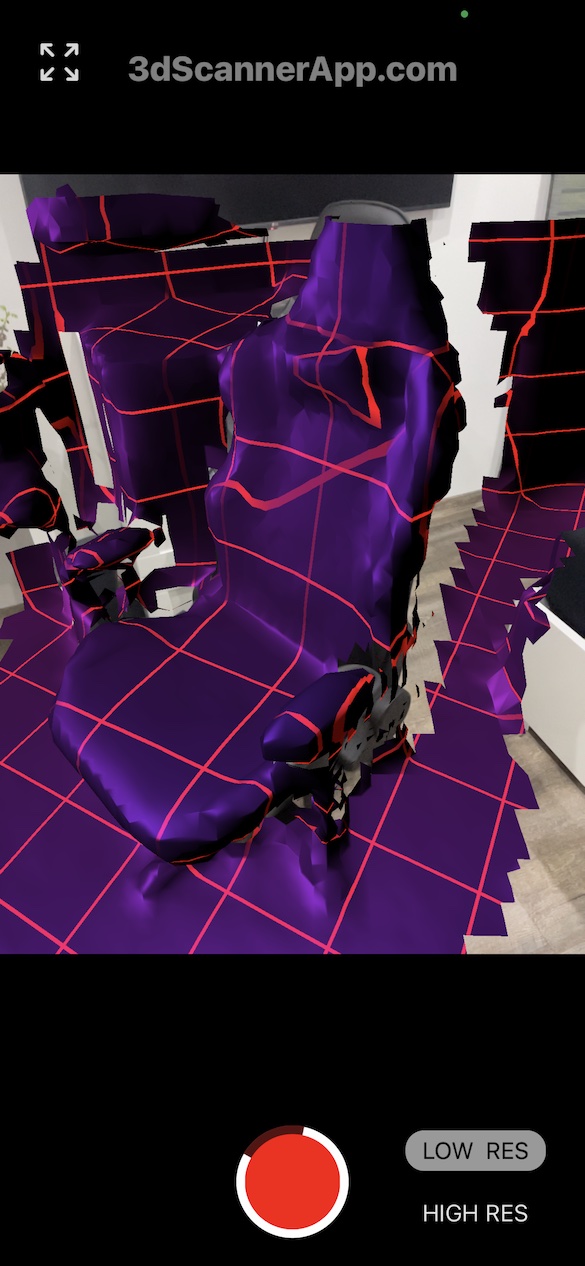
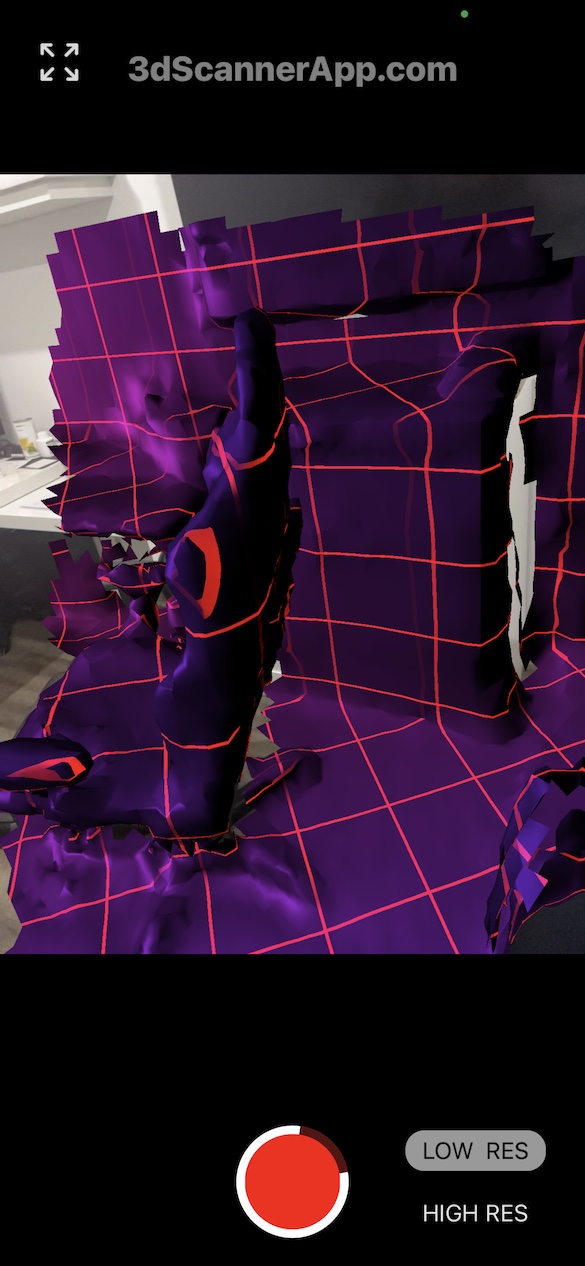
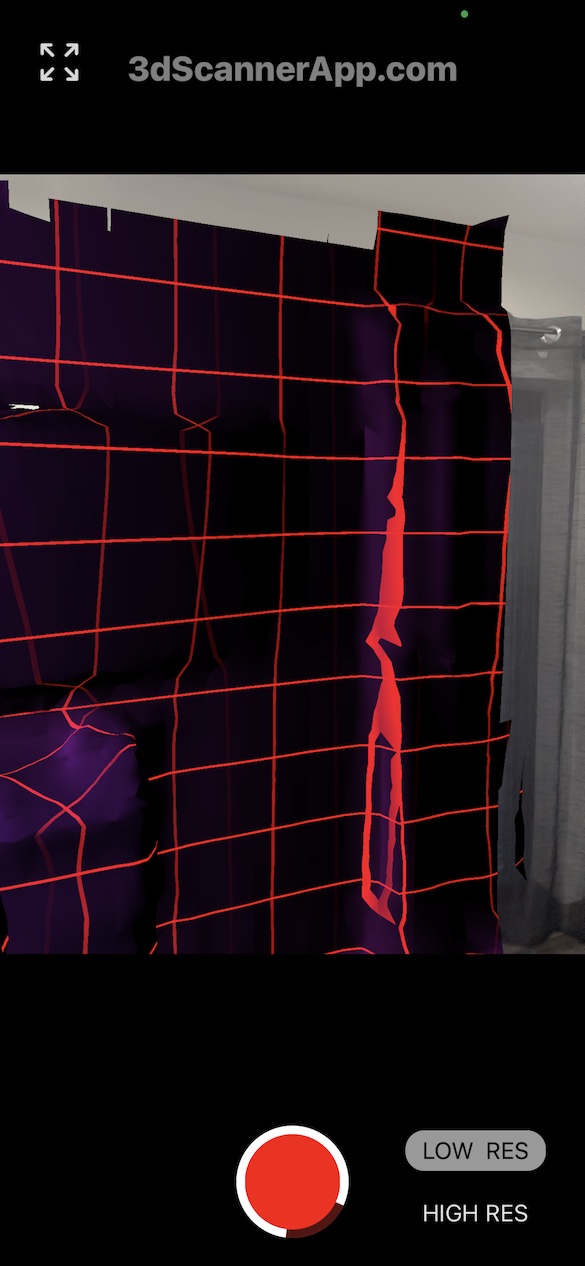

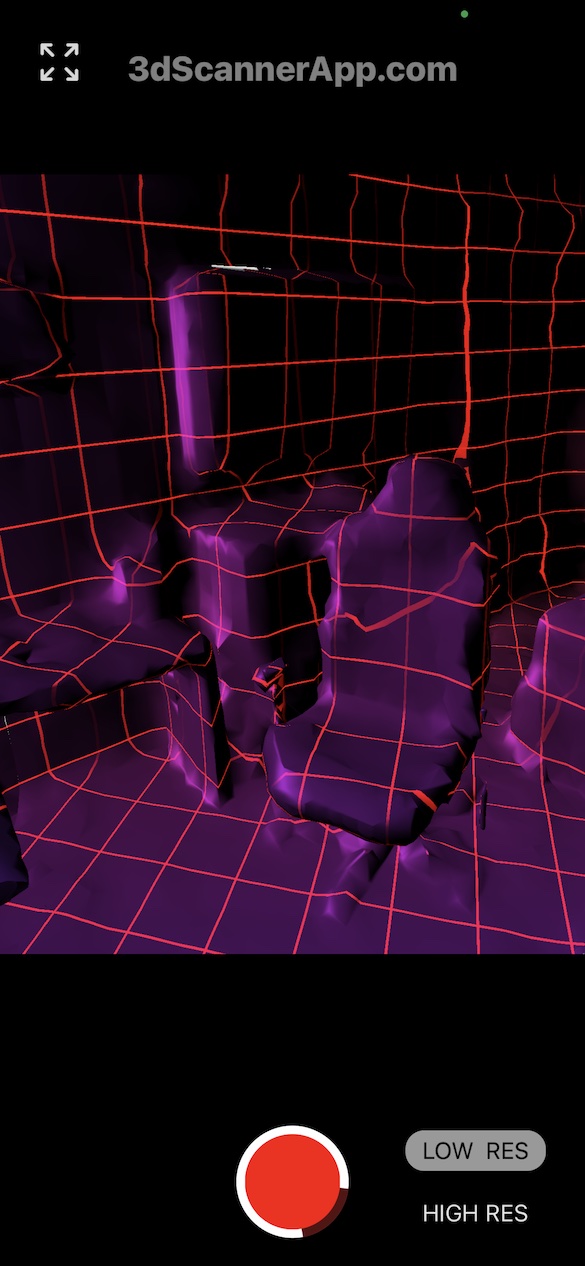
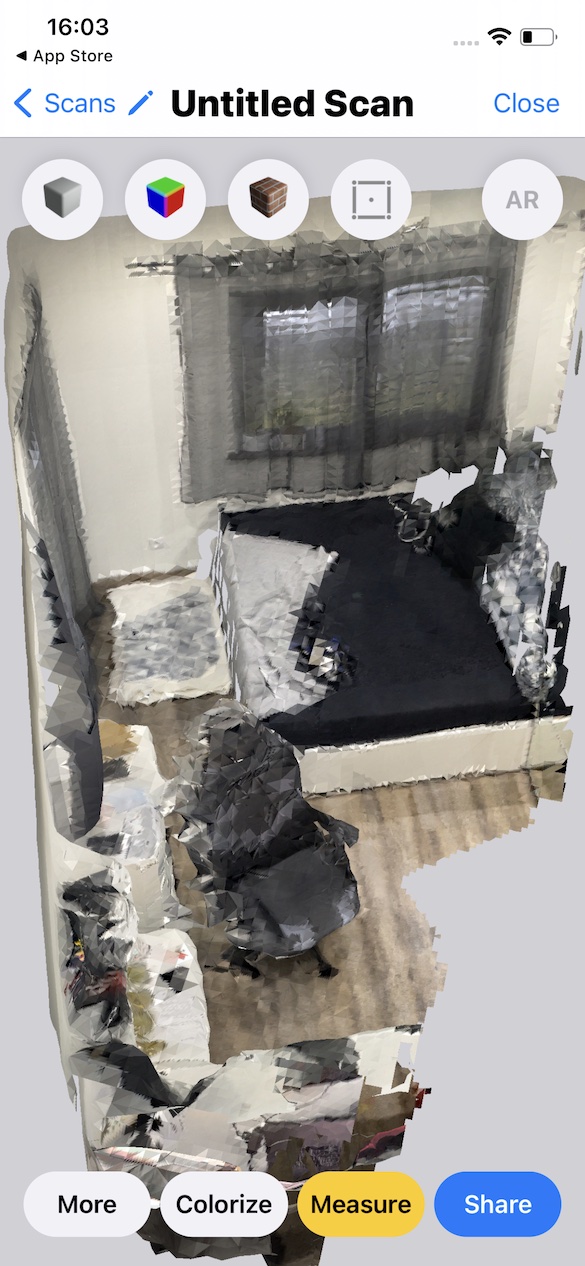
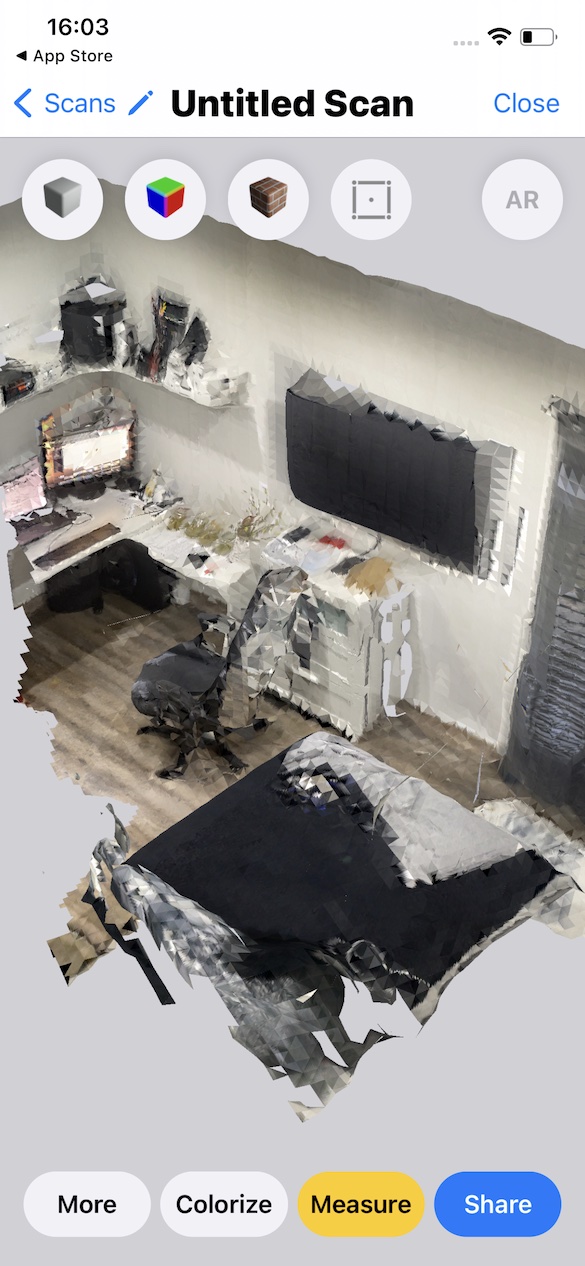
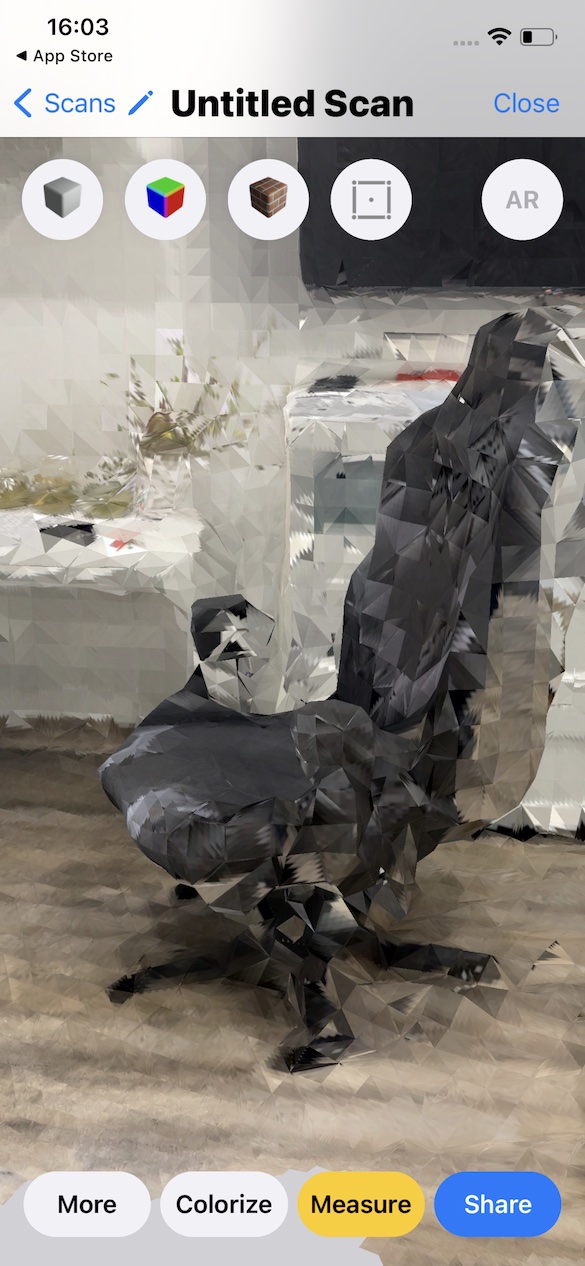



The iPhone 12 Pro doesn't have the Pro designation after its name, but it does have it right in the name. It's just a detail. You elaborate unnecessarily and make mistakes in the process. Sometimes less is more.
LiDAR has been available in iPad Pro for about half a year now, and nothing extra useful for ordinary users has yet come out of it, so this "rediscovery" of this feature leaves me calm.
Not everyone has the latest midel ipad and Lidar is not a "trick" it's a great spatial tool.
Don't spoil the joy of others with your negative attitude. Just because you can't use this technology doesn't mean it is.